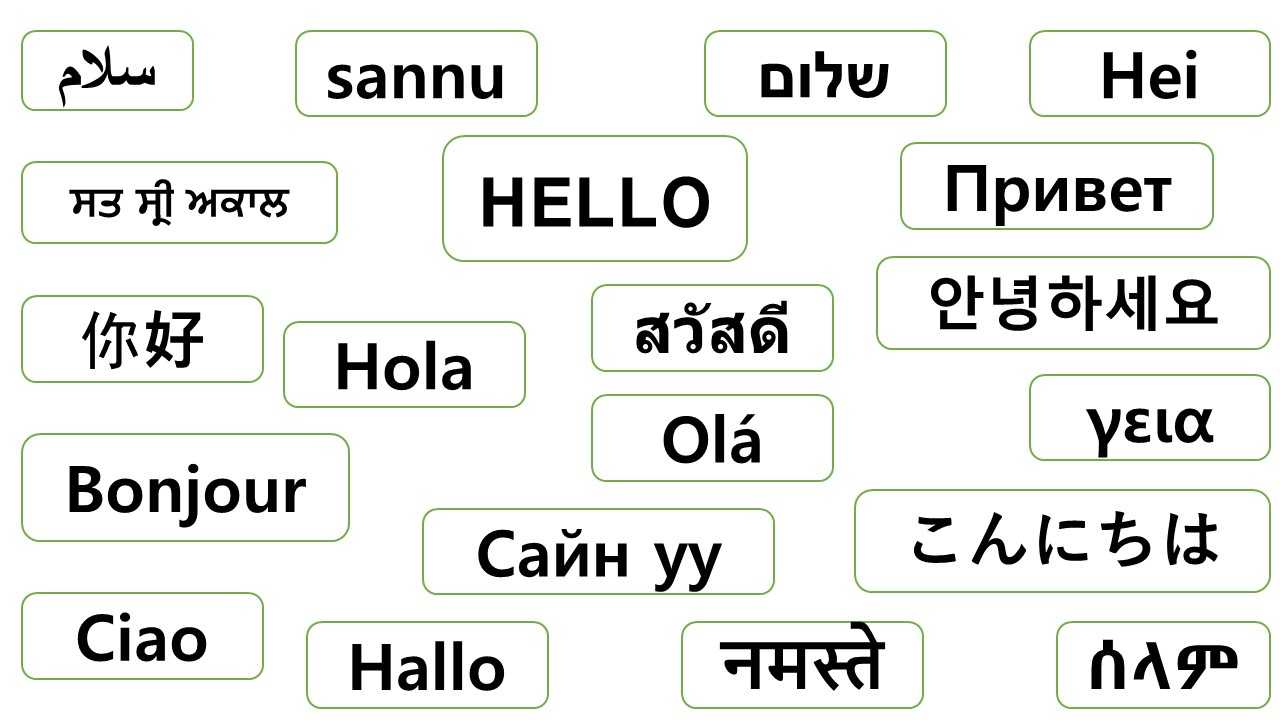Handling Strings
String Translation
All translable strings should be wrapped in a getString call.
var ResBundle = require("<path-to-ilib>/lib/ResBundle.js")var rb = new ResBundle({locale: "ko-KR"});var str = rb.getString("My Label");
Disambiguating String
Let's say you had two strings that have the same text but are used in a different context and therefore possible could have different translations. To disambiguate these, use an object with key-value pair rather than a single string as the parameter. The key must be unique.
var ResBundle = require("<path-to-ilib>/lib/ResBundle.js")var rb = new ResBundle({locale: "ko-KR"});var str = rb.getString("My Label", "Common String");
Resource Bundles
iLib's ResBundle is the resource bundle class that represents the translation of a set of strings each app has its own resource bundle. Resource bundles are loaded dynamically. The most important method is getString.
Translating Strings
Strings inside of getString calls are automatically extracted from the source code using the localization tool called loctool, translated, then written out to the locale's resource file Strings returned from getString are translated to the current UI locale.
Where the Resources are Stored
Each app contains a resources directory.
Under the resources dir are directories named for the locales.
iLib reads the translations from multiple strings.json files under the locale directories.
Layered: lower levels override strings in the upper levels
eg. resources/zh/Hans/CN/strings.json overrides strings in resources/sr/Hans/strings.json, which override resources/zh/strings.json, which overrides the English source string
Resources Dir Layout:
resources/zh/strings.json - shared strings for all chineseHans/strings.json - only strings special to simplified chineseCN/strings.json - only strings special to China
You do not have to create this structure yourself. The localization tool will do this for you.
Formatting Strings
In order to format strings, use the iLib's IString class. The format methods allows for interpolation of named parameters into the string. Example:
var IString = require("<path-to-ilib>/lib/IString.js")var template = new IString("There are {n} objects.");var str = template.format({n: 15});// str now has the value "There are 15 objects."
rb.getString() returns an IString instance, so the results can be used for formatting right away.
IString has all the same methods as an intrinsic string, so it is almost a replacement.
It cannot be used in certain places that require an intrinsic string.
Must call the toString() method to convert to an intrinsic string.
var ResBundle = require("<path-to-ilib>/lib/ResBundle.js")var rb = new ResBundle({locale: "ko-KR"});var number = 3;var template = rb.getString( "0#There are no objects.|1#There is 1 object.|#There are {n} objects.");var str = template.formatChoice(number, {n: number});// str now has the value "There are 3 objects."
Choice Formats
Languages vary in how they handle plurals of nouns or unit expressions ("hour" vs "hours", and so on). Some languages have two forms, like English; some languages have only a single form; and some languages have multiple forms.
- zero
- one (singular)
- two (dual)
- few (paucal)
- many (also used for fractions if they have a separate class)
- other (required—general plural form—also used if the language only has a single form)
Handling of plurals in Russian, Serbian, etc. is accomplished in formatChoice() using number classes Allows the translators to handle complex plural rules properly for their language Classes are "zero", "one", "two", "few" and "many" Example:
var ResBundle = require("<path-to-ilib>/lib/ResBundle.js")var rb = new ResBundle({locale: "ru-RU"});var template = rb.getString( "0#There are no objects.|few#There are a few ({n}) objects.|many#There are a many ({n}) objects.|#There are many objects. ({n})");var number=0template.formatChoice(number,{n:number})// 'There are no objects.'var number=2template.formatChoice(number,{n:number})// 'There are a few (2) objects.'var number=8template.formatChoice(number,{n:number})// 'There are a many (8) objects.'
